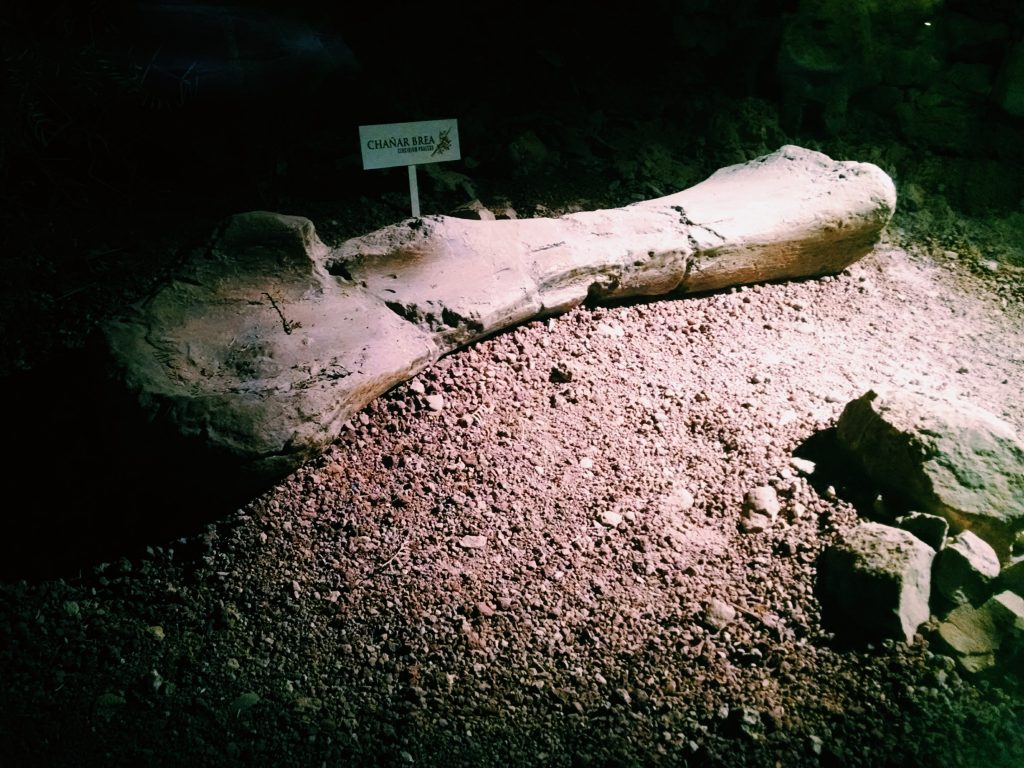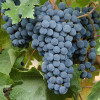After you’ve visited endless wineries, seen countless vineyards and barrel rooms, the possibility of something different is interesting. There are bodegas that have restaurants, offer bike rides and even hot air ballooning, but only a handful of them have museums, where you get more than just good photos.
In Argentina, there are at least five wineries that boast a museum as part of their attractions. They are not the Cité du Vin which opened this year in Bordeaux, with all the pomp and ceremony of a museum of this magnitude, but places that may surprise you, as you learn about things such as light and cooperage or the history of Argentine wine. Below is a roadmap for travellers with a thirst for knowledge with five key stops.
La Rural, the history of Rutini
Thirty minutes from Mendoza´s capital, to the East and located in one of the old emblematic terroirs of Argentine wine in Coquimbito, Maipú, La Rural offers a museum in its old cellar. A family history and a look at how the wine business operated half a century ago.
Noques – winepresses made of cow leather – cooperage tools, copper filters and machinery used by the pioneers of the wine industry in Argentina are the framework for the story of Rutini, a legendary family among the founders of this business.
The visit tours the winery and its gardens and ends in an old barrel room where the wines can be tasted. For those curious of the past, a must stop.
Montecaseros 5513, Maipú, Mendoza / Monday to Saturday from 9 to 17, with a break at midday
Killka, a house of art the the Uco Valley
There is no doubt that wine and art go well together or that Killka is a very special place indeed. An art space dedicated to a collection of contemporary painters, with a travelling exhibition section and another devoted to the classics of Flemish painting – the owner, after all, is Dutch – and is surrounded by architecture that takes your breath away.
There is also a chapel – built in an old technique of formwork, used by the Huarpes Indians – which offers rest and reflection. It takes about an hour and a half from the capital of Mendoza. There is a restaurant as well so you can make a day of it.
Route 89, kilometre 14, Tunuyán, Mendoza / Open every day. Free entry.
Colomé, the museum of light
It’s difficult to imagine a museum where light is the main focus. More so when you have to cross mountain valleys and dry riverbeds in Salta to get there. But precisely because it is unimaginable, one should go. The museum is exclusively dedicated to the work of James Turrell, one of the world’s most renowned contemporary artists, who is mainly concerned with light and space. The works are exhibited in nine installations and take you to unexpected places: from a projected triangular silhouette to a blue window, where the blue is infinite. The best, Sky, is an open sky window which allows you to observe the sunset in all its changing depth, colorimetry and textures. Highly recommended.
Estancia Colomé, Molinos, Salta / With reservation, open daily. Free.
145 years of Graffigna in San Juan
A short walk from the capital of the province of San Juan, in the department of Desamparados, Bodega Graffigna presents a museum that is the history of Argentine wine as well as the history of Santiago Graffigna, one of the industry’s pioneers . Along the way, armed with vintage photographs and supplementary material, one learns about those who started from scratch, without shelter, in the desert. In addition, it shows the push and tenacity of the Italians, who changed everything in order for there to be vineyards. The tour ends with a visit to the winery and wine bar, where a glass of the stuff helps one to reflect on the taste and diversity that transformed the burnt sand into a red full of fruit.
Colón 1342, Desamparados, San Juan. Wednesday through Sunday.
A terroir of millions of years
Patagonia is a land of fantasies. It has handled pioneers and outlaws and millions of years ago dinosaurs, of which only a handful were known. Indeed, one of the latter pays tribute to the Schroeder Family Museum. When they started building the winery in 2003, while digging the foundations they discovered a Giganotosaurus that, over the years, would become the icon of the house. To visit it requires descending into their barrel rooms, which can be done from the Saurus restaurant, and entering the diorama explaining what the terroir of that time was like and how, incidentally, the bones were extracted. Behind the glass you can see replicas of eggs and the bones of these giants from another era.
7 North Street, 8305 San Patricio del Chañar, Neuquén / daily. Price: 50 pesos which is then reintegrated in purchases or use of the restaurant.
So, the next time you visit a winery at least there are five other attractions on offer. A good excuse to go!



